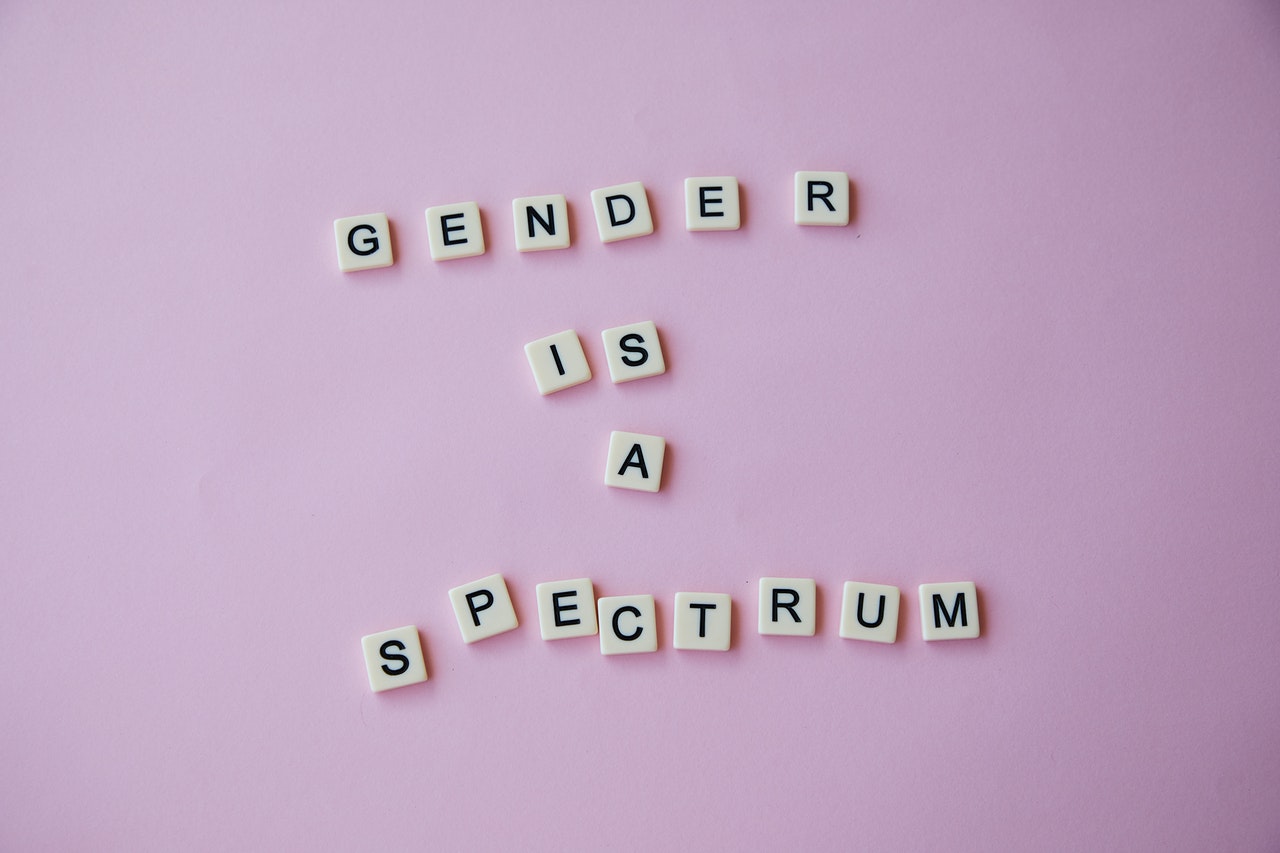Although sex and gender are two different things, many people (including numerous public figures) tend to mix these two categories. Sometimes, they even state that such a thing as gender does not exist. Nevertheless, both sex and gender are real and separate notions, and they play vital roles in our lives — not only on an individual level but also on a societal one.
In a nutshell, sex is determined by one’s anatomy and is assigned at birth. Gender, on the other hand, has very little to do with appearance. Instead, it is a social construct relating to behaviors and tendencies traditionally interpreted as aspects of masculinity or femininity. The world is not black and white. Some people don’t identify with the sex they’ve been assigned at birth and feel the opposite, while others might feel more fluid or difficult to categorize.
If you would like to learn more about sex and gender, you came to the right place. Here, we list some helpful definitions, explain what it means to be transgender, who a non-binary person is, and present the difference between gender and sexual orientation. Let’s get started.
Defining Sex and Gender
Sex is a biological category, while gender is a social construct.
Sex is defined by one’s physical characteristics (anatomy, hormones, etc.) related to their reproductive system and the male or female sex organs. It is determined by genetic factors and is often symbolized by the letters M or F on official documents (e.g., social security numbers, birth certificates, etc.). Sex could also be referred to as being assigned male or female at birth.
Gender is seen as a set of generalizations about females and males. This pertains to one’s identity, role, and state of being and is most commonly represented by masculine or feminine. Gender is a social construct that can be defined in two categories:
- gender identity is a person’s internal perception of their own gender, which may or may not correspond to the sex they’ve been assigned at birth. It is often represented using the pronouns he/him, she/her, they/their, etc.;
- gender expression refers to the external manifestations of gender and is usually expressed through “masculine” or “feminine” traits and behaviors, e.g., clothes, patterns of behavior.
To sum it up, sex is assigned to you at birth, but you don’t necessarily need to identify with it, while gender refers to your own identity and how you want to be treated, referred to, and perceived.
Most importantly, both sex and gender do not have to influence your sexual preferences. For instance, if you identify yourself as a woman, you might be attracted to other females. In such a case, if you were to design your custom sex doll, you would probably opt for one with feminine traits rather than masculine ones. Conversely, if you see yourself as a man, you might search for a male partner rather than a female one.
What Does It Mean to Be Transgender?
Being transgender means that you have a different gender identity than the one assigned to you at birth. So, for example, someone considered a male from infancy and raised as a boy who now identifies and lives as a woman is a transgender.
It is important to note, however, that being transgender does not necessarily mean one will want to fully transition (including hormones, surgeries, etc.). In fact, some transgender people are perfectly happy with their bodies and do not wish to undergo any changes whatsoever.
What Is Gender Dysphoria?
Gender dysphoria is a condition in which an individual experiences discomfort or distress because of a mismatch between their sex assigned at birth and their gender identity. Sometimes this may lead to severe anxiety, depression, or even suicidal thoughts.
Defining Non-Binary People
A non-binary person is someone who does not identify with either the male or female sex. Instead, they feel like both or neither gender. It is important to note that non-binary individuals often don’t identify as transgender.
The term non-binary can also be used to refer to genderqueer people. Genderqueer is a term that refers to all those who do not consider themselves to be male or female, but instead somewhere in between, outside of the gender binary or fluid.
What Is Sexual Orientation?
Sexual orientation refers to an interest in sexual relations with other people. While heterosexuality (attraction to the opposite sex) is considered the dominant one, more and more people feel comfortable or determined enough to come out as someone with another orientation. The range includes homosexuality (attraction to the same sex), bisexuality (attraction to both sexes), pansexuality (attraction to all people no matter their gender identity), asexuality (no sexual attraction at all), and everything in-between.
It is worth noting that these days, we distinguish sexual orientation from romantic orientation. For example, a person can be bisexual but homoromantic, which means they can feel sexual attraction to both sexes but be romantically involved only with someone of the same sex.
Conclusion
Gender is a social construct, while sex is a biological category. Gender dysphoria is the discomfort or distress one experiences due to being transgender, and it can have severe consequences if not addressed appropriately.
These definitions help understand that sex and gender are indeed separate things. However, many people still mix up these two concepts and do not understand the difference between them. This is why it is important to keep educating yourself regarding topics related to sex and gender, and more; this way, everyone can learn more about who they are and how they can be more open-minded and empathetic.






